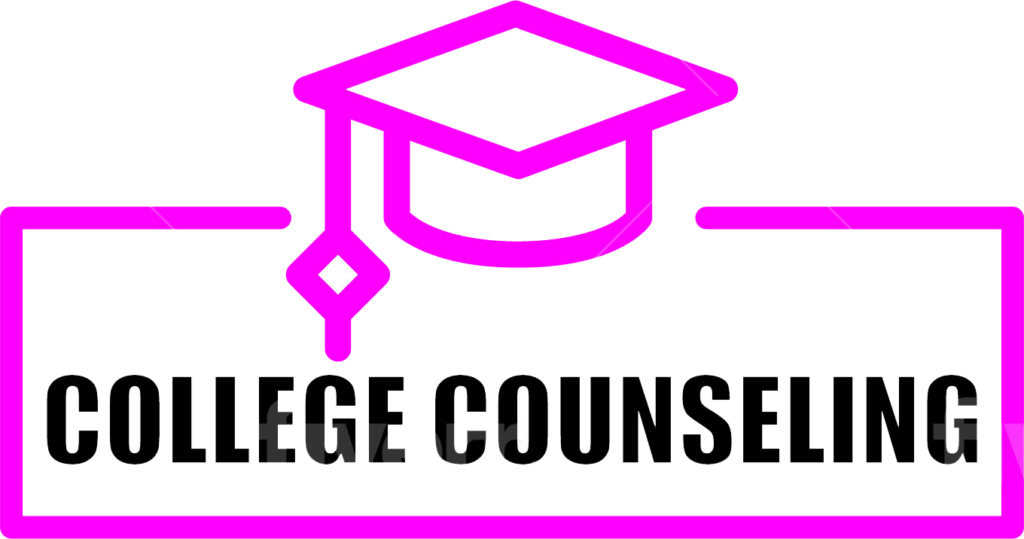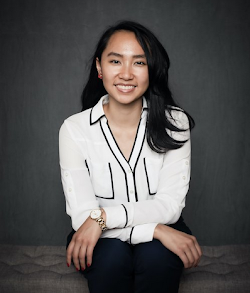Seattle, Wash.– As thousands of university students graduate each year, many find themselves
facing an unexpected challenge: career uncertainty. Despite earning degrees, a large portion of
graduates report feeling unprepared to enter the workforce. Post-college career expert Laurie
Nilo-Klug is tackling this issue head-on, providing students with the tools they need to build
confidence and thrive in their careers.
Ms. Nilo-Klug, an Adjunct Professor at Seattle University and the founder of Post College
Journey, has dedicated her work to helping students transition from college to the professional
world. Through her programs, Laurie has empowered students to take control of their career
paths, addressing common issues such as imposter syndrome, skill uncertainty, and job market
navigation.
After implementing her career confidence-building tools in the classroom, Laurie observed a
remarkable 60% increase in student confidence levels. “Many students leave college with
impressive degrees but lack the self-assurance to effectively launch their careers.
My goal is to bridge that gap with actionable strategies that instill confidence and competence,” says Laurie. Laurie explains, “In a recent assignment, I had students choose two career exploration activities, and their selections revealed a strong drive to connect classroom learning with their post-college goals.
Their enthusiasm for hands-on experiences, such as job applications and simulations, highlighted the critical need for practical, real-world learning opportunities. After gathering student feedback and analyzing the data, I found a 60% increase in their career confidence levels. This reinforced my belief that early and direct exposure to career exploration is essential for student success.”
In this activity, students were tasked with selecting two career exploration activities from the
following options:
● Attending a career development event;
● Having an appointment with the career center;
● Joining a student club;
● Doing a career self-assessment
● Applying to a job;
● Or completing a job simulation and then reflecting on what they have learned.
This assignment aimed to show that career development offers many paths, so it’s crucial to
understand why you choose an activity, what you hope to gain, and reflect on what you learn.
Laurie expected students to pick low-effort options like self-assessments or joining a club, given
their frequent concerns about time constraints. Instead, nearly all chose job simulations or
applied for a job, showing a strong preference for hands-on experience.
For media inquiries or to schedule an interview with Laurie Nilo-Klug, please contact:
Marisa Spano
[email protected]


